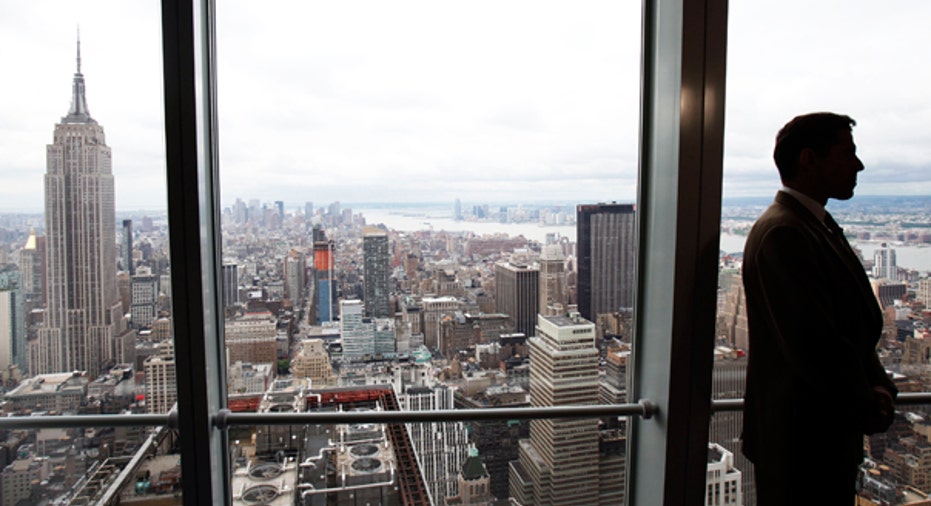Leaders Eliminate Distractions to Stay On Task

Not that long ago, most business people went about their jobs cloistered in a private office with a desk, some files and papers, and a phone. These days, we’re far more likely to be working in a semi-private or open office environment, a Starbucks, or even from home. Focusing on work often involves ignoring something else, whether it’s a co-worker’s conversation, the people ordering a Caramel Frappuccino with extra drizzle, or kids watching a movie in the next room.
And the biggest distractions of all—the electronic ones—are literally at our fingertips, with a constant flow of e-mail and messages, access to social networks, and a world of things to read about, keep up with, investigate, and play. Even the desire to work more effectively can become a distraction, as anyone who’s spent an afternoon at work looking at online productivity systems can attest.
With so many ambushes, it’s important that you understand your own work style—and also your distraction style. As a first step, keep a detailed time log for a few days. Look at patterns: What times of day do you focus best? When are you most vulnerable to distractions? How much time do you really spend chasing e-mail? When do you go online, and for how long?
Armed with that knowledge, you’re better prepared to choose from the many distraction-fighting strategies out there. Here are some ideas:
A physical block. You may not have an office door you can close, but there are other ways to separate yourself from distraction. Many people who work in open environments swear by noise-canceling headphones (I use Bose Quiet Comfort)—which can offer relief even without anything playing through them, and also help deflect casual visitors. If you are often distracted visually, you may also benefit from cleaning up your desk and reorienting your workspace so you’re facing a blank wall instead of a hallway or window.
Airplane mode. Electronic distractions require a different kind of separation. If you have a Pavlovian response to the “ding” of incoming e-mail, facebook post, or tweet, turn off your notifications. Use “airplane mode” or keep your cell phone in a drawer or across the room so it’s not right at hand. When working on your computer, close all unnecessary programs and keep open all necessary programs. As an alternative, you can purchase software that keeps you disconnected from the internet for a set period of time, or use the full-screen option on the program you’re working with.
Schedule yourself. It won’t work for everyone, but clearly structuring your time can help keep you on track. It can be as simple as limiting your open-door hours to the morning or checking and responding to e-mail only two to four times a day. If you adopt this technique, make sure that those affected know about it—and know why you’re doing it. You can also structure each hour with a timer to help maintain balance in your work day—for example, schedule 50 minutes of work on a long-term project followed by a 10-minute break, then 50 minutes knocking off little tasks from your to-do list and 10 minutes of reading professional news online.
Change it up. If you have the option of shifting your work hours by an hour or two in one direction or the other, you may find that time becomes your most productive of the day. Similarly, many people who work from home find the peaceful environment they need in the wee hours of the morning.
It will likely take some trial and error to find the technique or combination of techniques that works for you. Wherever you end up, learning to manage distraction will always be time well spent.
Jeremy Kingsley is a professional speaker, best-selling author, and the President of OneLife Leadership. Jeremy holds bachelors and masters degrees from Columbia International University. He is the author of four books, his latest is titled: Inspired People Produce Results (McGraw Hill 2013).
is a professional speaker, best-selling author, and the President of OneLife Leadership. Jeremy holds bachelors and masters degrees from Columbia International University. He is the author of four books, his latest is titled: Inspired People Produce Results (McGraw Hill 2013). Jeremy lives in Columbia, South Carolina with his wife and two sons.
Jeremy lives in Columbia, South Carolina with his wife and two sons.